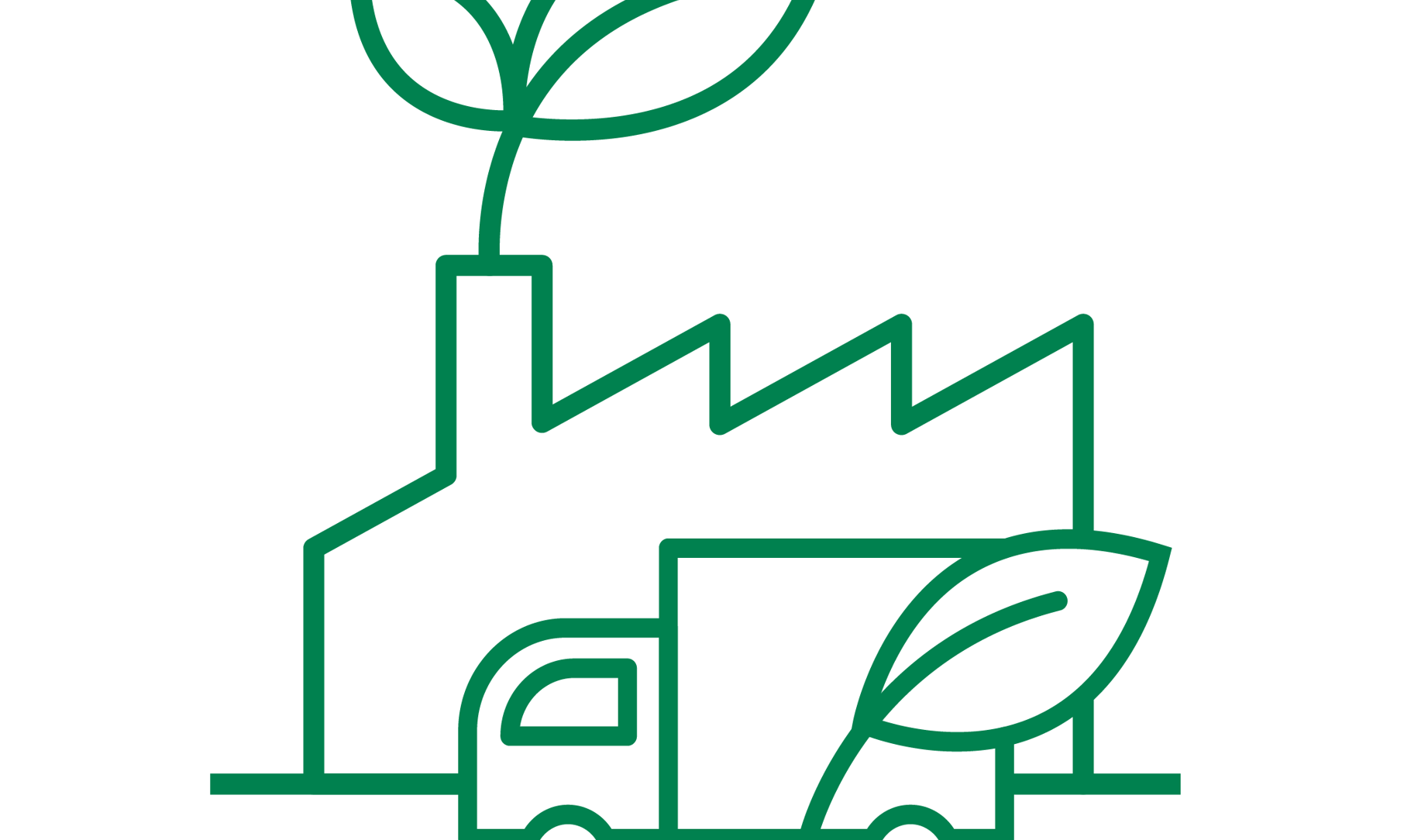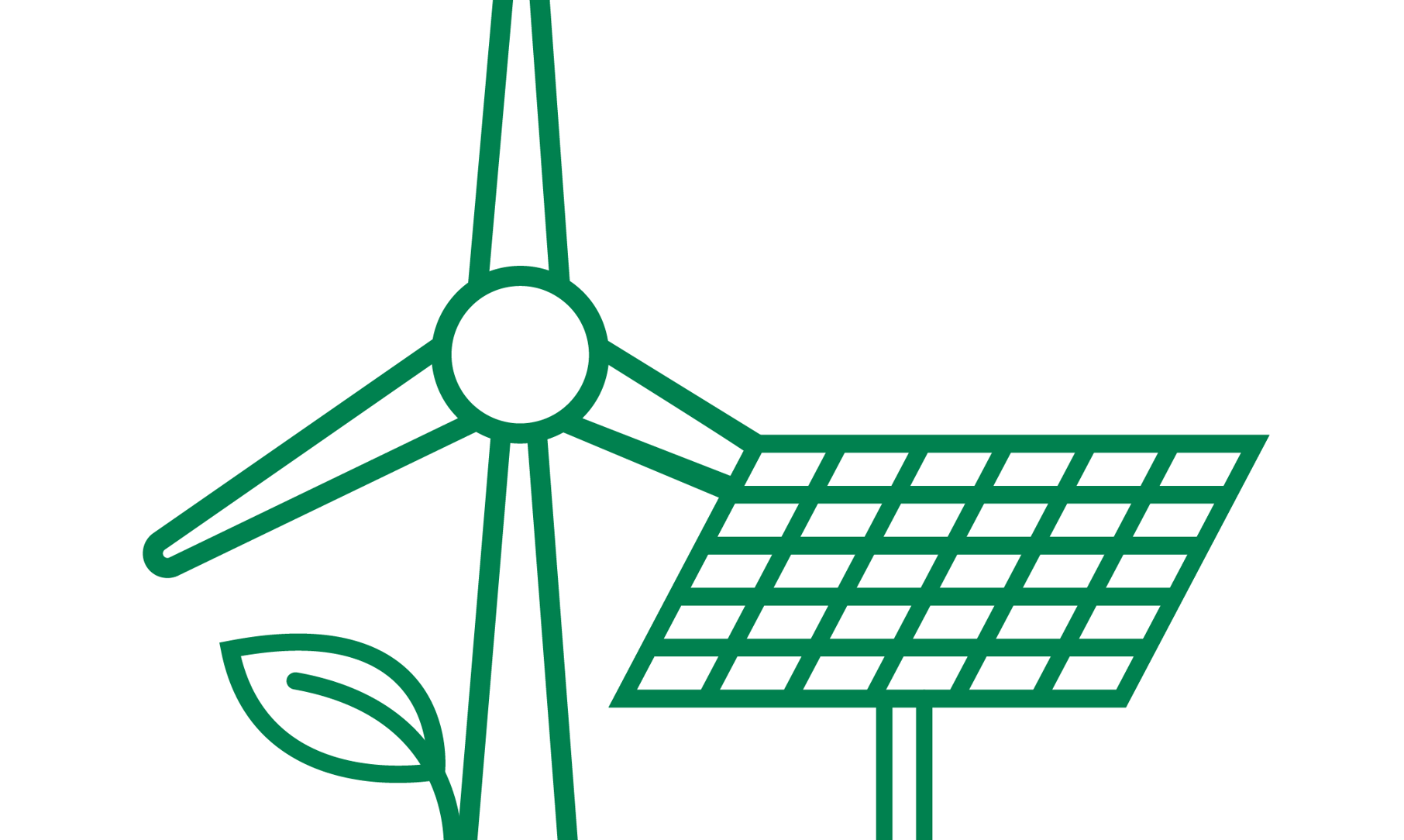The path to carbon neutrality

In part five of our Sustainable Factories series, we explore the link between sustainable factories and carbon neutrality.
Today, businesses all over the world are beginning to see the benefits of switching to a carbon neutral business model: from lower overheads and stronger customer relationships, to the most beneficial of them all – a vastly reduced environmental footprint.
But what role does green manufacturing play in this ambitious goal, and how can sustainable factories lead the charge? By embracing the fourth industrial revolution and IIoT. Because, in today’s connected world, manufacturers have the opportunity to create a wealth of new innovations and discover how to:
- Source more sustainable, environmentally friendly materials
- Adopt digitalisation and, ultimately, do more using less
- Extend the lifecycle of goods by making them recyclable and reusable; and
- Decarbonise energy
For the purposes of this story we will focus on decarbonising energy and discuss how manufacturers can take this route to achieving carbon neutrality.
Cutting carbon
Heavy industry and heavy-duty transport sectors across developed and developing countries have the potential to achieve net-zero carbon emissions by 2050 and 2060 respectively. With fossil fuels and industry accounting for 36.8bn tons of global greenhouse gas emissions in 2019 – 0.6% more than the year before – industry could have a great impact on global
CO2 levels if more manufacturers adopt sustainable factory models.

Step by step
To begin with, manufacturers should consider measuring their carbon footprint to pinpoint where improvements could be made. By becoming more aware of the most emission-intensive areas of their business, be it transportation or even their website, they could then start cutting carbon output in a more organised manner – and create long-term changes with global impact.
Renewable goals
A significant way to reduce emissions would be to switch from fossil fuels to renewable energy, with biomass and solar thermal systems helping transform industrial heating processes. Another long-term and sustainable option could be electrification, with on-site wind turbines or solar panels allowing manufacturers to harvest energy.

The key to energy efficiency
There are many other ways to improve energy efficiency and, as a result, lower carbon output. For one, manufacturers could switch exclusively to sustainable raw materials – thereby reducing the biodiversity impact of their products and by-products. Building a peak load management system is another avenue. These types of systems allow manufacturers to optimise energy-intensive equipment and schedule operations to run in a smarter, more strategic manner.
Leading by example
It is also becoming commonplace for manufacturers to offset their carbon footprint. Ørsted, the world’s most sustainable company, plants mangrove trees to balance out emissions from air travel, while IKEA is embracing a circular economy strategy – with an aim to be climate positive by 2030. This is no small feat given the company’s total carbon footprint currently accounts for 0.1% of the world’s greenhouse gas emissions.

Way Beyond Good
At SIG, we are also doing our part to enable both ourselves and other companies to embrace carbon neutrality. Take our Way Beyond Good programme. From giving them access to the most sustainable packaging on the market, all the way to supporting their recycling efforts, we are making it easier for manufacturers to save energy across the board – and, ultimately, reduce their carbon footprint.
Elsewhere, as with the IKEA example mentioned above, SIG is also working towards a circular economy model as a way of achieving carbon neutrality. By way of example, we only use sustainable and fully recyclable raw materials for our packs, such as wood chips and residue from the paper industry. And, to round things out, every single pack that comes out of one of our factories is made using 100% renewable energy.
In addition to this, our ambitious strategy to align with the Paris Agreement’s efforts to limit global warming has the approval of the Science Based Targets Initiative. And most recently, in 2020, we were named by CDP as one of their Supplier Engagement Leaders. This title is given to companies who have started introducing sustainable practises across their entire supply chain.
In part six, we’ll take a look back at everything covered in the series thus far before summing up our thoughts on sustainable factories in general. What will sustainable factories look like in the near future and many years from now? Furthermore, how far will global industries get in adopting greener principles?
Want more stories in the series sent straight to your inbox? Subscribe to the SIGnals Update, our exclusive bi-weekly newsletter.
- mai 25, 2021
